Sound insulation and building acoustics
There are a variety of construction options for sound insulating and acoustic decoupling of LGS structures that are suitable for walls and floors. Various institutes offer an overview of the possible structures of LGS frames and wall cladding and their acoustic performance.
For example, the British Steel Construction Institute SCI* has developed Acoustic Performance of walls, an acoustic performance prediction tool for separating floors and walls to assist designers and architects.
Thermal insulation and moisture protection
By selecting the right external insulation, the specifications can be met in all climatic zones and with every frame material – including LGS. Appropriate external insulation also avoids potential moisture problems.
The LGS construction method demonstrably fulfills the regional energy saving targets for buildings of all shapes and sizes, as well as the requirements for continuous external insulation.
In the USA BuildSteel* is powered by the Steel Framing Industry Association SFIA* and dedicated to educating building professionals on the use of LGS framing, which is also called cold-formed steel (CFS) framing, as a sustainable and cost-effective building solution, and for example provides information about exterior insulation: BuildSteel_wall panels.
In Europe the European Association for External Thermal Insulation Composite EAE* informs about insulation systems and a professional partner for external insulation can be found also on the EAE website.
Fire protection
Wooden frames are flammable but are still widely used in construction. The lightweight steel construction is a safer and better alternative to a construction with a wooden frame.
Steel is non-flammable and therefore does not contribute to a fire and thus inhibits the spread in relation to a building with a wooden frame construction.
The British Light Steel Frame Association LSF* sees many advantages of LGS construction in terms of fire protection:
Steel is non-combustible; it does not add to the fire load of the building.
Fire protection for light steel framing is typically provided by the boards used for internal lining, e.g. gypsum-based boards.
Fire resistance periods of up to 120 minutes are readily achievable.
The amount of combustible material in a light steel framed building is much lower than in some other forms of construction.
Modules and pre-boarded light steel panels are fire protected before delivery to site.
Light steel floors, walls and modules are easily repairable after small fires.
The fire risk during construction is much lower for light steel framing than for some forms of construction.
The following SCI Publication* provides design guidance on the fire resistance of LGS.
Corrosion protection
Hot-dip galvanized steel perfectly implements the concept of a circular economy for the optimization of sustainability and offers the highest level of corrosion protection without maintenance, as the galvanized coating is climate-resistant, and its protective effect is largely unaffected by temperature changes and other climatic factors.
At the end of the product’s service life, steel and zinc are recycled together in the established processes, whereby both valuable materials can be reused without any loss of properties.
The European General Galvanizers Association EGGA* provides comprehensive information about this process”
References:
SCI: https://www.steel-sci.com/
Build Steel: https://buildsteel.org/
SFIA: https://sfia.memberclicks.net/
EAE: https://www.ea-etics.com/
LSF: https://www.lsf-association.co.uk/
SCI Publication: https://www.lightsteelforum.co.uk/advantages/fire-safety/
EGGA: https://www.galvanizingeurope.org/
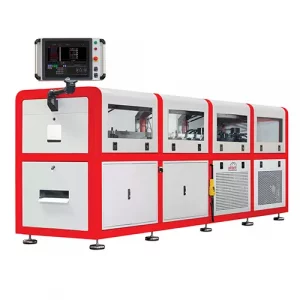
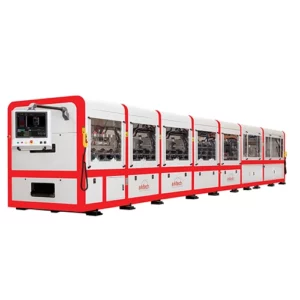
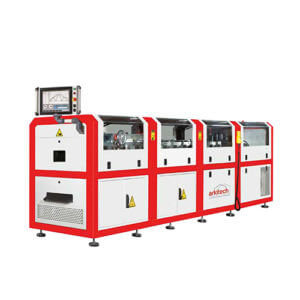
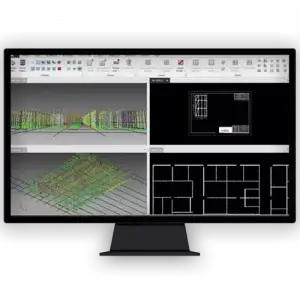
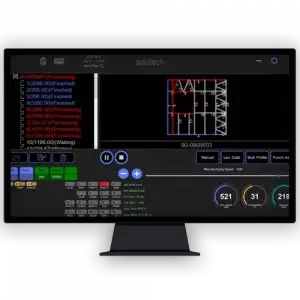
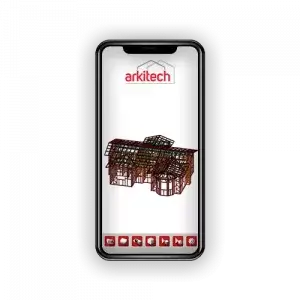


 by
by